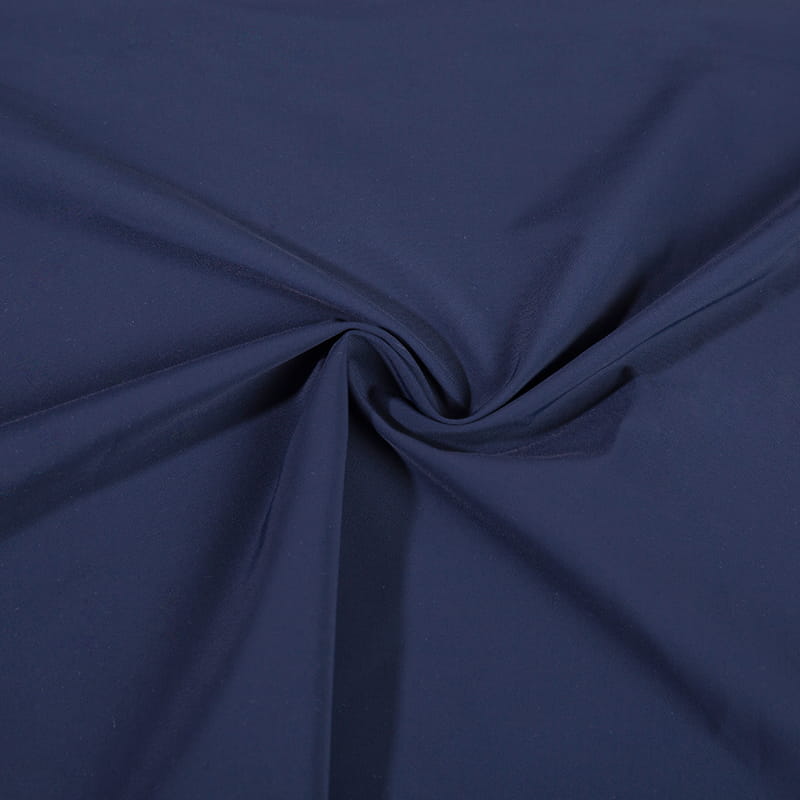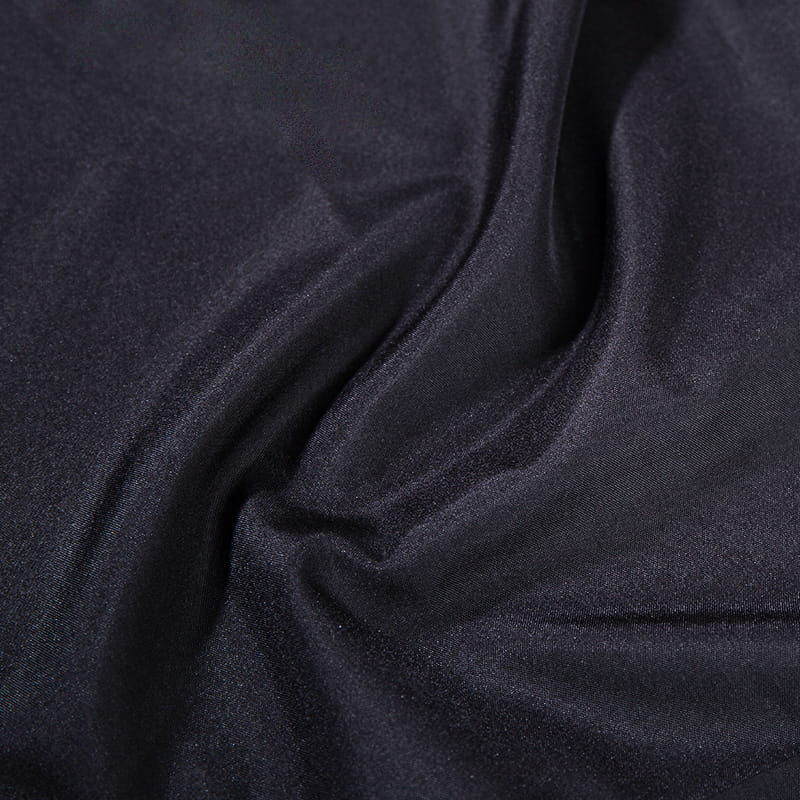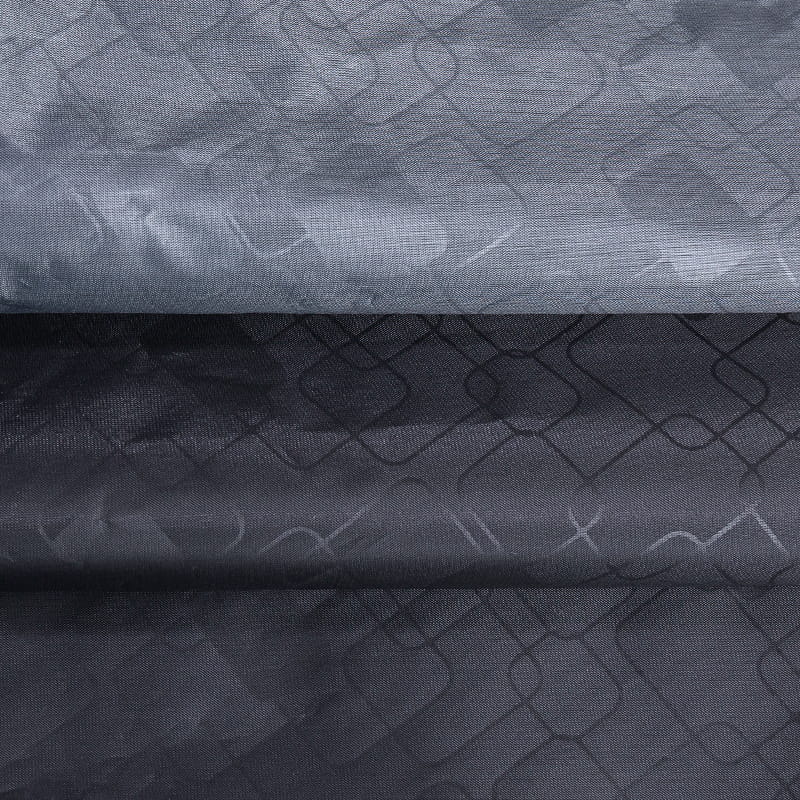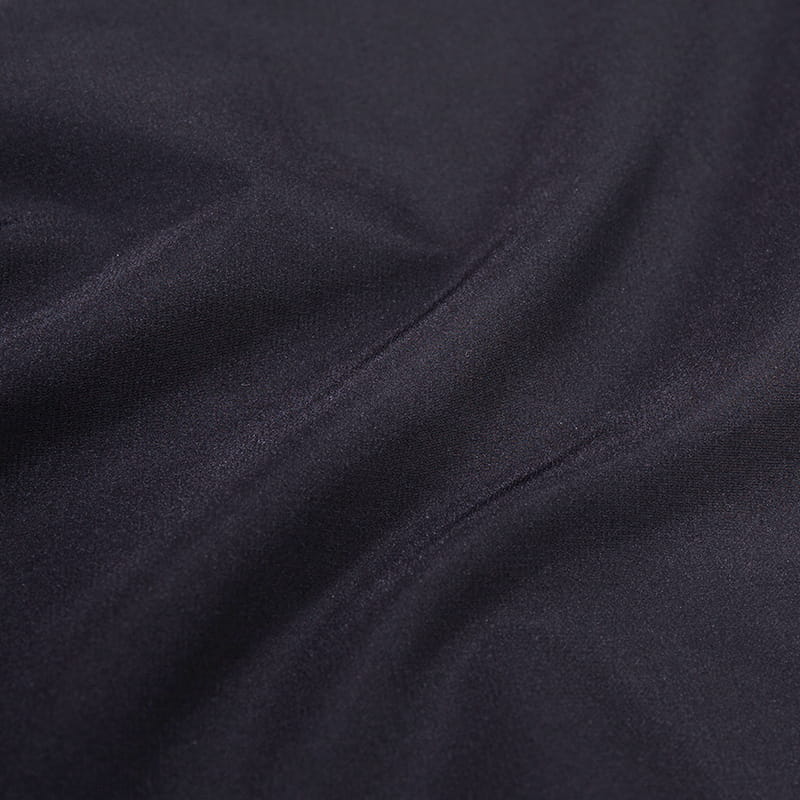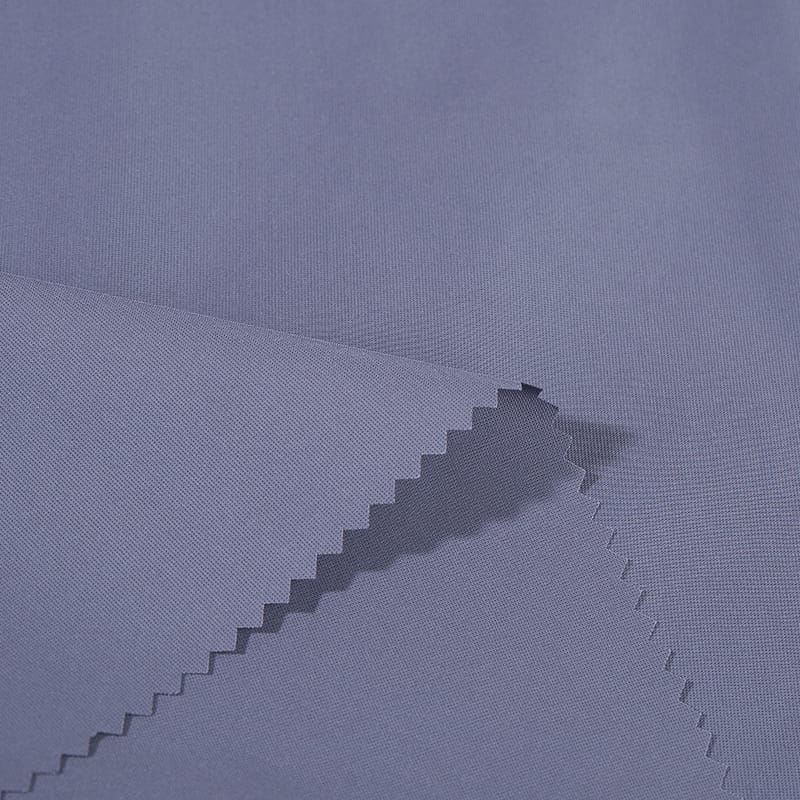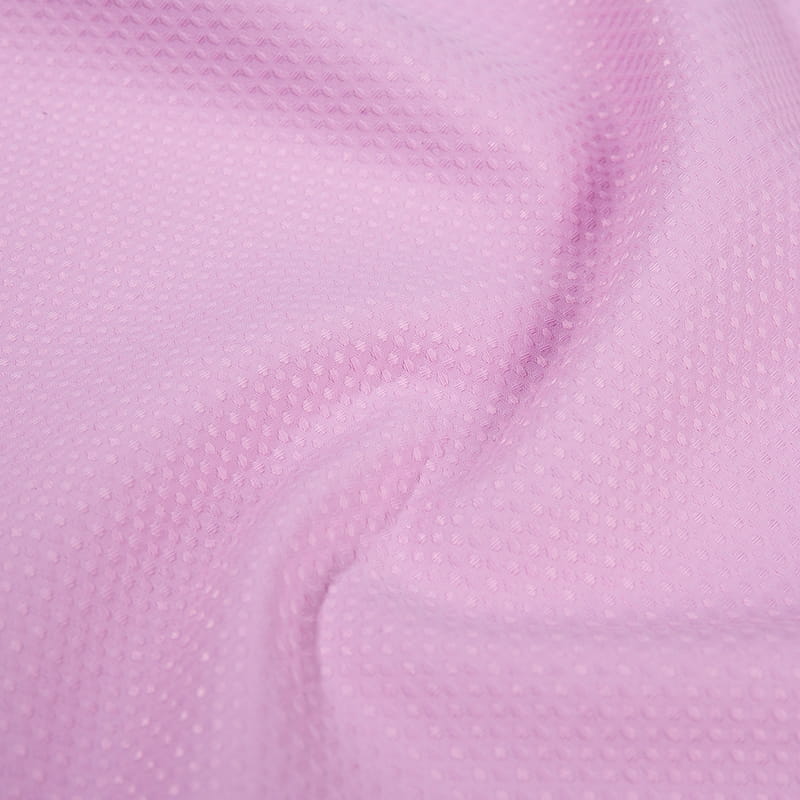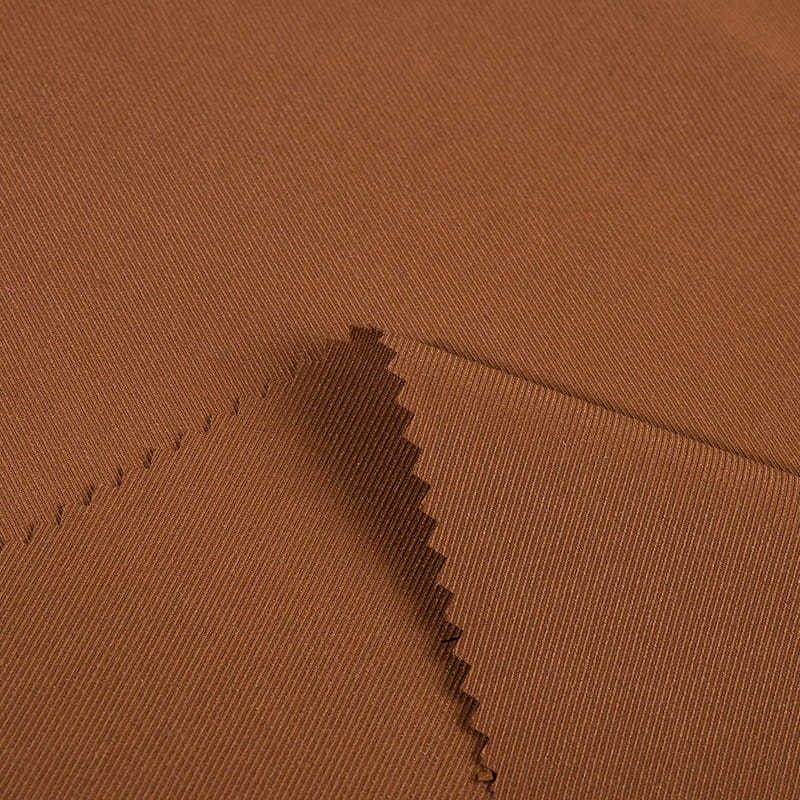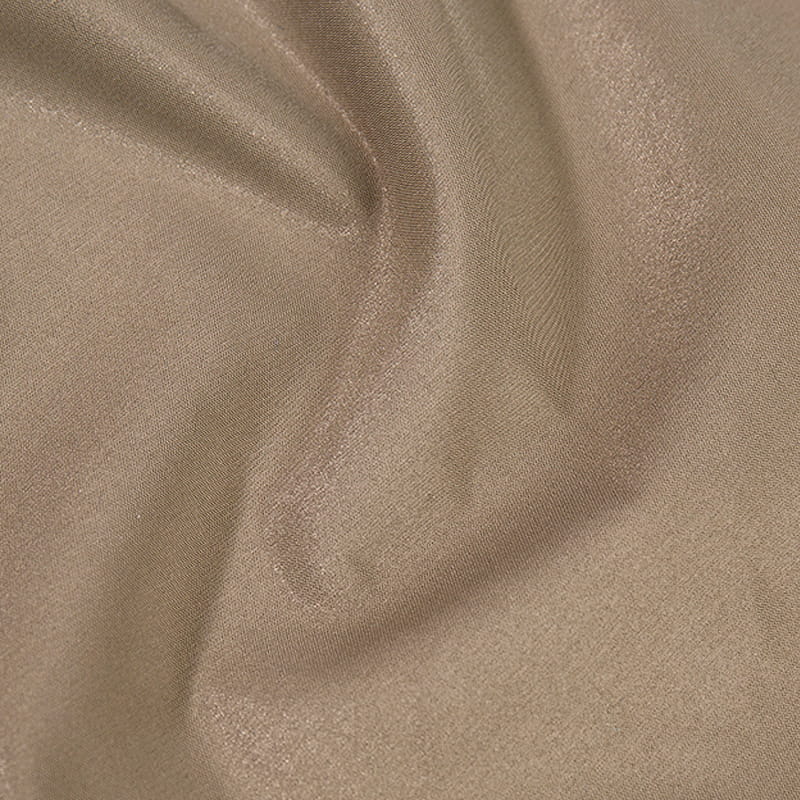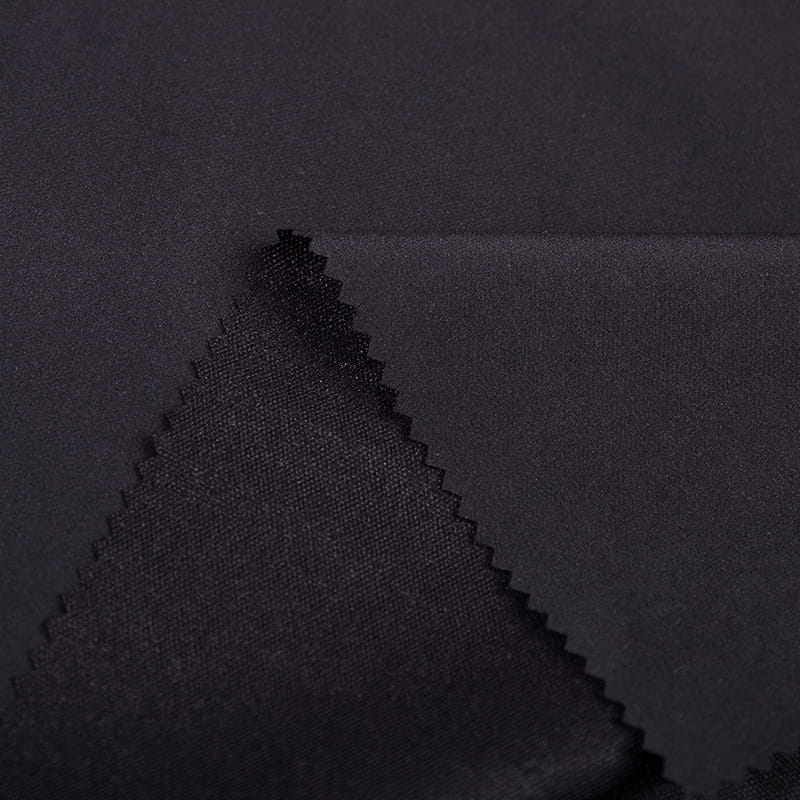The Ultimate Guide to Imitated Silk Fabric: Elegance, Performance, and Affordability
2025-11-21
For centuries, silk has been synonymous with luxury, celebrated for its delicate sheen and soft touch. However, its high cost and demanding care requirements have often made it impractical for everyday use and large-scale production. This is where imitated silk fabric shines. As a sophisticated textile innovation, it captures the aesthetic essence of pure silk while offering superior durability, functionality, and cost-effectiveness. This guide delves deep into the world of imitated silk, exploring its types, benefits, and applications, helping you understand why it has become a cornerstone of modern textile manufacturing.
Understanding Imitated Silk Fabric
Imitated silk, often referred to as artificial or synthetic silk, is a man-made fabric engineered to mimic the look and feel of natural silk. The most common fibers used are polyester and nylon, which are transformed through specialized manufacturing processes to achieve a smooth, lustrous surface. Our family-owned plant, with over 20 years of expertise, specializes in producing high-quality polyester and nylon blends, giving us a deep understanding of how to perfect the drape, texture, and sheen of imitated silk fabric for various demanding applications.
Why Choose Imitated Silk?
- Durability: Far more resistant to wear, tear, and abrasion than natural silk.
- Affordability: Offers a luxurious appearance at a fraction of the cost.
- Ease of Care: Typically machine-washable and wrinkle-resistant.
- Versatility: Can be engineered for specific functions like moisture-wicking or added strength.
In-Depth Exploration of Imitated Silk Applications
Imitated Silk Fabric for Luxury Apparel
The fashion industry has warmly embraced imitated silk for creating elegant and accessible clothing lines. It is particularly prominent in the women's wear segment, where the demand for beautiful, flowing fabrics that are easy to maintain is high.
Comparison: Imitated Silk vs. Natural Silk in Apparel
While both fabrics offer a beautiful drape, their performance characteristics differ significantly.
| Feature | Imitated Silk | Natural Silk |
| Cost | Highly cost-effective, allowing for larger production runs. | Expensive due to the labor-intensive sericulture process. |
| Durability | Excellent resistance to pilling and stretching. | Delicate and can be damaged by sunlight and perspiration. |
| Care | Often machine-washable; quick-drying. | Typically requires dry cleaning or hand washing. |
Durable Imitated Silk for Luggage Lining
In the world of jacquard luggage fabrics and travel goods, durability is non-negotiable. Imitated silk linings provide a touch of interior luxury while standing up to the rigors of travel.
- Strength: The synthetic fibers provide high tensile strength, resisting tears from sharp objects packed inside.
- Abrasion Resistance: Withstands constant friction from items moving within the luggage.
- Lightweight: Adds minimal weight, which is a critical factor for luggage design.
Our production of luggage linings leverages our 300 self-owned water jet looms, ensuring a consistent and robust weave that meets the high standards of luggage manufacturers.
Breathable Imitated Silk Blend for Outdoor Gear
The application of imitated silk fabric extends beyond fashion into technical outdoor functional clothing. When engineered as a blend, it can offer unique performance benefits.
- Moisture Management: Polyester and nylon blends can be treated to wick moisture away from the body, keeping the wearer dry.
- Wind Resistance: A tightly woven imitated silk fabric can provide an effective barrier against wind.
- Lightweight Insulation: It can be used as a lining to add a layer of warmth without bulk.
Our expertise in finishing processes allows us to apply functional coatings to our fabrics, enhancing their suitability for outdoor goods.
Custom Printed Imitated Silk Fabric
One of the most significant advantages of synthetic fabrics is their excellent receptivity to dyes and prints. This opens up vast possibilities for customization.
- Vibrant Colors: The smooth surface of imitated silk allows for sharp, vibrant prints.
- Design Flexibility: From intricate jacquards to custom digital prints, the options are nearly limitless.
- Sample Service: We accept custom samples from foreign customers, enabling designers to test and perfect their concepts before committing to large orders.
Washing and Care for Imitated Silk
Proper care is essential to maintain the beauty and longevity of any fabric. Fortunately, caring for imitated silk is straightforward.
- Machine Washing: Most imitated silk fabrics can be machine washed on a gentle cycle with cold water.
- Drying: Tumble dry on low heat or, ideally, air dry to preserve the fabric's integrity.
- Ironing: Use a low heat setting if ironing is needed. The wrinkle-resistant nature of the fabric often makes this unnecessary.
Frequently Asked Questions (FAQ)
1. Is imitated silk fabric comfortable to wear?
Yes, high-quality imitated silk is engineered to be very soft and smooth against the skin. While its feel is different from natural silk, modern manufacturing techniques have made it exceptionally comfortable for daily wear.
2. How can I tell the difference between real silk and imitated silk?
The burn test is a common method. Real silk smells like burning hair and turns to ash, while imitated silk (polyester/nylon) melts and smells like burning plastic. Always test a small, hidden thread.
3. Is imitated silk a sustainable choice?
As a synthetic fabric, its environmental impact is tied to petroleum. However, its durability and longevity can make it a more sustainable choice in the long run compared to delicate fabrics that need frequent replacement. Some manufacturers are also exploring recycled polyester options.
4. Can imitated silk be used for upholstery?
While it can be used for decorative pillows, it is generally not durable enough for heavy-use furniture like sofas. Its primary applications remain in apparel, linings, and lightweight accessories.
5. Do you produce custom blends of imitated silk?
Yes. With our extensive experience in production and finishing processes, and a fleet of 100 matching twisters, we can develop custom fabric blends to meet specific requirements for weight, texture, and performance, ensuring cost-effective products under quality assurance conditions.

 English
English русский
русский عربى
عربى